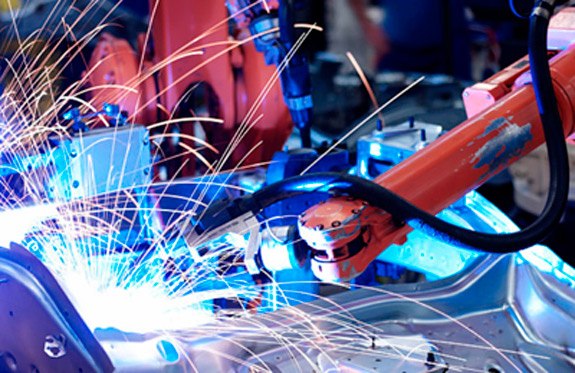The intercooler is part of the supercharging system. When the air is compressed at a high ratio, it will generate a high heat generation, which will reduce the expansion density of the air, and at the same time, the engine temperature will be too high and cause damage. In order to obtain higher volumetric efficiency, the high-temperature air needs to be cooled before being injected into the cylinder. This requires the installation of a radiator. The principle is similar to that of a water tank radiator, which disperses high-temperature and high-pressure air into many small pipes, and normal temperature air flows at high speed outside the pipes, so as to achieve the purpose of cooling. Since this radiator is located between the engine and the turbocharger, it is also called the central cooler, or intercooler for short.
The role of the intercooler is to reduce the intake air temperature of the engine. Generally made of aluminium alloy material. According to the different cooling media, common intercoolers can be divided into two types: air-cooled and water-cooled.
1. The air-cooled type uses outside air to cool the air passing through the intercooler. The advantage is that the entire cooling system has fewer components, and the structure is relatively simpler than the water-cooled intercooler. The disadvantage is that the cooling efficiency is lower than that of the water-cooled intercooler, generally requiring a longer connecting pipeline, and the air passing resistance is large. Air-cooled intercoolers are widely used because of their simple structure and low manufacturing cost. Most turbocharged engines use air-cooled intercoolers.
2. The water cooling type uses circulating cooling water to cool the air passing through the intercooler. The advantage is that the cooling efficiency is high, and the installation position is more flexible, without using a long connecting pipeline, making the entire intake pipeline smoother. The disadvantage is that a circulating water system that is relatively independent of the engine cooling system is required to cooperate with it, so the entire system has many components, high manufacturing costs, and a complex structure. The application of water-cooled intercooler is relatively small, and it is generally used on vehicles with mid- or rear-mounted engines, as well as large-displacement engines.
